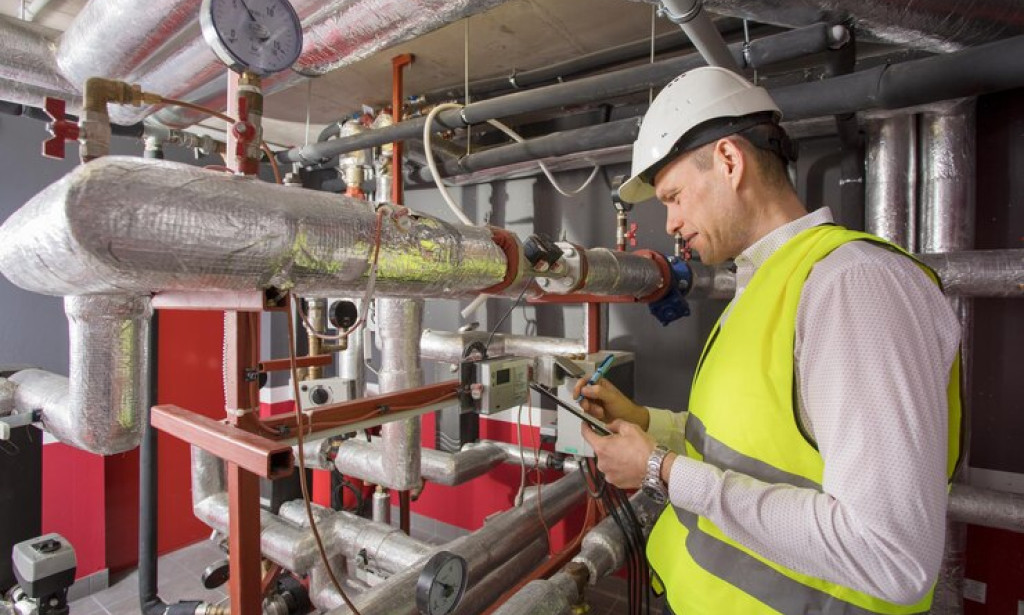While severe events involving natural gas are uncommon, and natural gas pipelines are statistically safer than rail and motor vehicle delivery of other fuels, natural gas can be hazardous. When the right air-to-fuel ratio occurs, gas is extremely flammable, and natural gas can create explosions when trapped in a confined location. Thus, the top priority for gas company operations and maintenance workers is to respond to emergencies to preserve life and property.
The following concepts guide emergency response planning and implementation:
- Any suspicious leaks should be handled immediately so that the flow of gas can be halted before a source of ignition sparks a fire or concentrations of gas accumulate in confined locations.
- Specific protocols for properly responding to and resolving issues while safeguarding human life and property have been developed in advance and are reviewed and practiced on a weekly or monthly basis.
- Gas control and engineering must be ready to assist field teams in shutting down damaged network segments.
- After the incident has been resolved, extra assistance is needed as the focus changes to restoring service to clients whose gas supply has been cut off.
- Once service has been restored and permanent fixings have been completed, the final stage is to investigate what occurred toidentify the cause and whether new processes can be implemented cost-effectively to avoid the problem from repeating.
The following is an outline of the procedures a gas team might take in response to a serious leak report:
1. Assess the situation and take action to remove individuals from danger: When the crew arrives at the site, they must decide on the actions that must be taken to remove individuals from potential danger and ensure the safety of the site. Here's an example of behavior:
- Use smell and gas detector equipment to identifywhether a leak exists and, if so, the size of the leak.
- Examine the wind conditions to see if the leaking gas will spread to neighboring properties.
- Remove any sources of ignition as soon as possible.
- Determine whether any of the buildings contain gas.
- When necessary, immediately evacuate buildings.
- Request assistance from on-scene fire and police personnel in clearing non-authorized persons from the area and preventing others from entering.
- Check for the presence of gas in basements and crawl spaces.
- Take all safety precautions, even if you are unsure whether they are necessary; it is always better to be safe than sorry!
2. Turn off the gas: Once the site has been secured, the next priority is to turn off the gas. If the leak is inside the structure, it can be turned off at the meter. Otherwise, a valve on the distribution or transmission system must be closed. Once the flow of gas has been cut off, the rest of the gas in the line is likely to take some time to remove, by way of venting or combustion.
Stop the flow of gas at or near the location of the incident if possible:
- For leaks within a building, close the meter valve.
- If a street valve has been installed, close it.
- Using a squeeze-off tool, squeeze plastic or steel distribution pipes upstream of the leak.
If stopping flow locally is not a feasible option, the crew must collaborate with gas control and/or engineers to determine the most effective strategy to stop gas flow into that area of the system. This will cause several client interruptions, so while it is necessary to protect safety, it must be done with caution.
- To stop the flow, close distribution valves or change the settings on distribution regulator stations.
- Switch off transmission valves.
3. Restore service: After dealing with the situation, the next priority is to re-establish service to affected clients. This may necessitate the repair of pipes or other parts of the infrastructure.
- The pipe can be easily repaired, if possible, by utilizing equipment such as clamps, sleeves, or plug valves.
- If such devices cannot be used, the damaged pipe must be replaced, which will take additional time.
- After a repair, the pipe must be checked for safety.
- The section's gas flow can then be restored.
- Finally, gas service experts must visit each impacted customer to check that it is safe to restore service and relight pilot lights.
4. Event analysis: Once all customers' service has been restored, the final step is to collaborate with a gas operations and engineering team to determine why the incident occurred and how effectively the response was carried out. The team will then examine whether any changes to the design or operational procedures are necessary.
Emergency response operations can be carried out in the safest possible manner by adhering to pre-planned guidelines and practices. Analyzing data from each occurrence should lessen the number and severity of incidents over time. To enhance public and employee safety and minimize interruptions caused by gas mishaps, all gas firms should strive for continuous improvement.
If you need gas maintenance and emergency services, then you can contact us at this number - 0565044633 or at this E-mail: info@oceangasme.com



You must be logged in to post a comment.